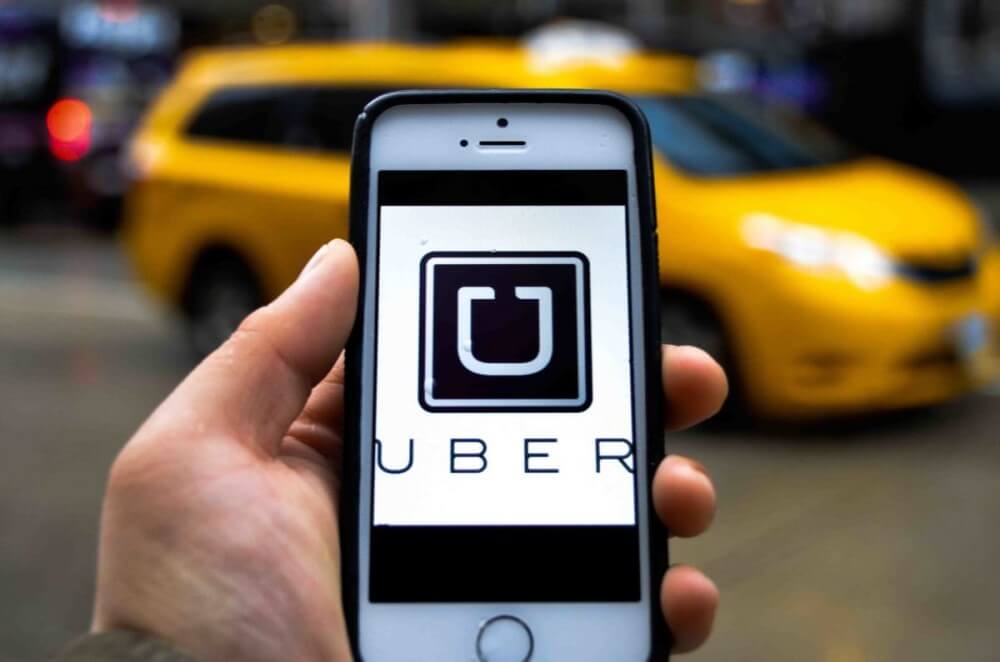Uber was founded in 2009 and is known to all as the company that has completely changed the cab
industry around the
world. Uber currently has a market capitalization of more than 89 billion U.S. dollars and operates
in more than 900
locations worldwide (companiesmarketcap.com).
The company's key resource is, of course, the technology platform, but the company's success has
been predetermined by
its business model. People can simply press a button on their smartphone and call a cab in minimal
time thanks to this
unique business model. Uber has created a unique offering to both passengers and drivers by
connecting those who need to
get from one place to another as quickly as possible - demand, with those who are already on their
way and want to earn
extra money (well, and of course, full-time cab drivers) - supply.
So, how does Uber work and what is the business model of the company, let's consider in more detail
and present it in
figure 1.
Let's start with the company's key partners, which include:
- Drivers with own car
- Geolocation Data Providers
- Providers of payment services
- Local governments
- Investors
- Insurance companies

Figure 1 – Uber Business Model
The key resources are:
- Developers
- Technologies, platforms, architecture
- Skills, competences, knowledge
- Brand
The company's customer segments are, first and foremost, passengers and drivers:
Passengers are people who:
- Do not own car
- Travel for business
- Need an economic ride
- Want luxurious ride
- Want convenient services
Drivers:
- Part-time drivers
- Full-time drivers
- Private drivers
Now let's look at what the company's value proposition to its customers is?
For passengers:
- Minimum waiting time
- Cheaper prices than standard cab fares
- Providing users with cashless rides
- Users can view estimated arrival times and keep track of cabs on a map
For drivers:
- Provides additional earnings opportunities
- Flexible hours and part-time work
- Additional compensation for drivers for being online
The relationship with customers can be characterized as follows:
- Self services
- On-demand
- Safety and transparency
- Client support
Uber's revenue comes from a variety of sources, not just fees. Uber's Internet hub is a technology
platform that
attracts customers and collects and accumulates information about them. This invaluable thing can be
used to access
additional services, such as those offered by the platform's partners.
Let's take a look at revenue sources. The company operates in four segments: Mobility, Delivery,
Freight, and Advanced
Technologies Group (ATG) and Other Technology Programs (Uber Technologies Inc., 2020 Annual
Report).
The Mobility segment offers products that connect consumers with drivers who travel in a variety of
vehicles, such as
cars, autorickshaws, motorcycles, vans or cabs. Also within this segment, the company offers Uber
for business,
financial partnerships, transit services, etc. The Delivery segment provides consumers with the
ability to find and
locate local restaurants, order food and take it out of the restaurant or deliver it, and offers
delivery of food and
convenience products and other goods. As part of the Freight segment, the company connects trucking
companies with
shippers on the company's platform, providing transparent pricing, the ability to book a shipment,
etc. The ATG and
Other Technology Programs segment is focused on the development and commercialization of autonomous
vehicles and
ride-sharing technologies, as well as Uber Elevate.
Well, Uber is a prime example of how unique ideas and business models are changing classic
industries and creating new
market segments.
